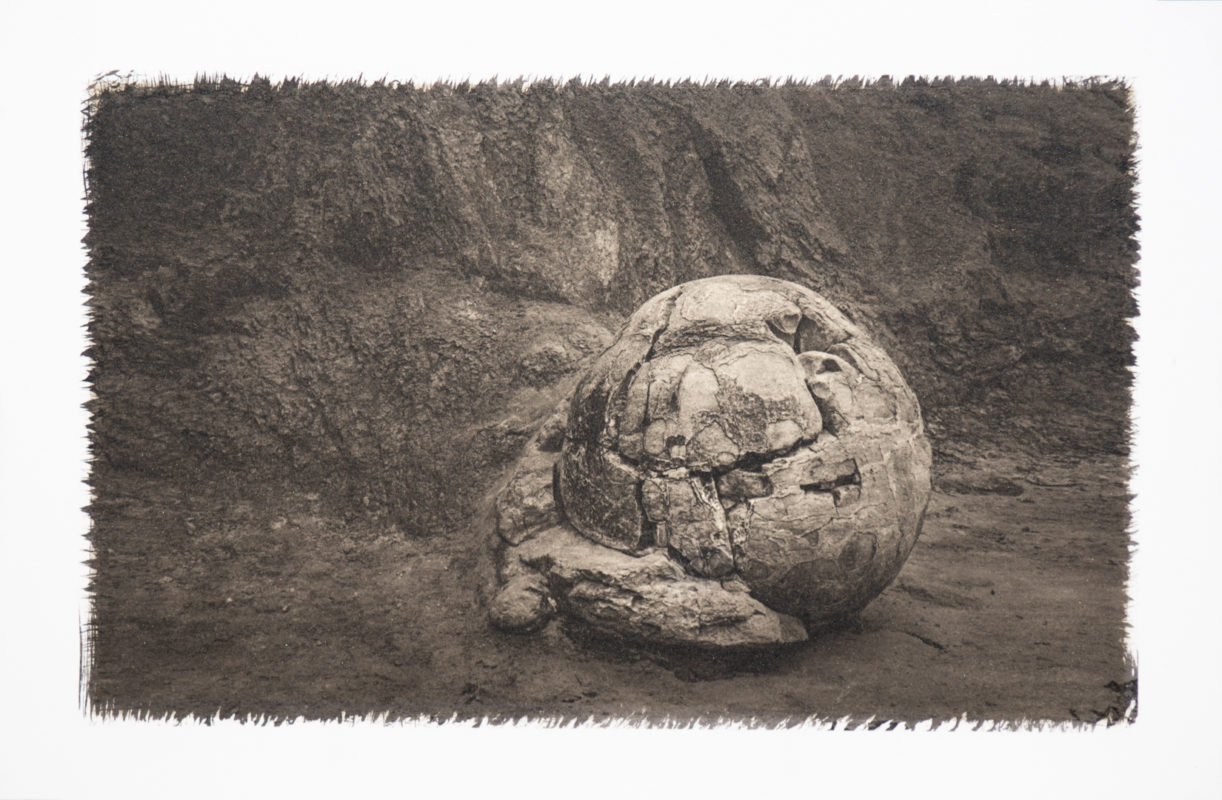The gum process became popular in the 1890s and gave the photographer a lot of control to manipulate the print during development to achieve the desired finish.
The process involves brushing a water color paper or a dried pt/pd or cyanotype print with a solution containing gum arabic, a bichromate and pigment (usually water colour). Once this has dried it is then exposed in contact with a negative of the selected image to UV light. During exposure the gum hardens in proportion to the amount of UV light reaching it. After exposure the print is then developed by dissolving the unhardened and soluble gum in water. Development can be controlled by the use of a water spray, brushes and sponges. Multiple printing is often done to build up density and to introduce other colours.
…making a gum print can take several weeks and several attempts.




